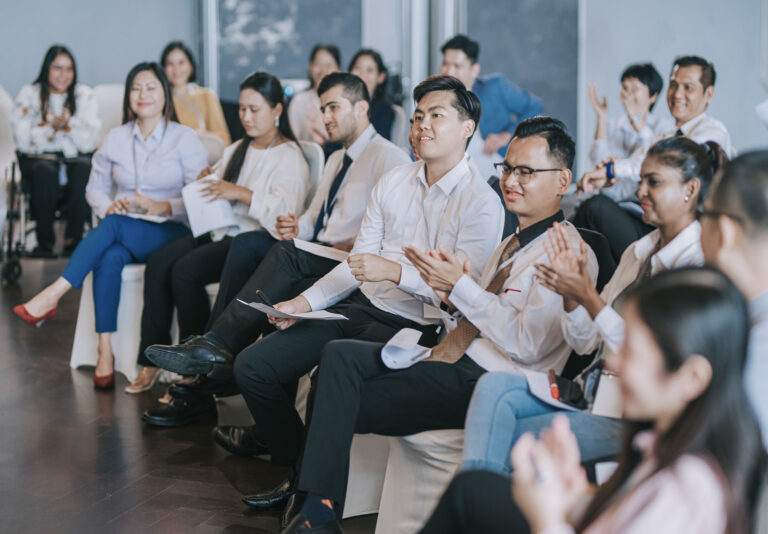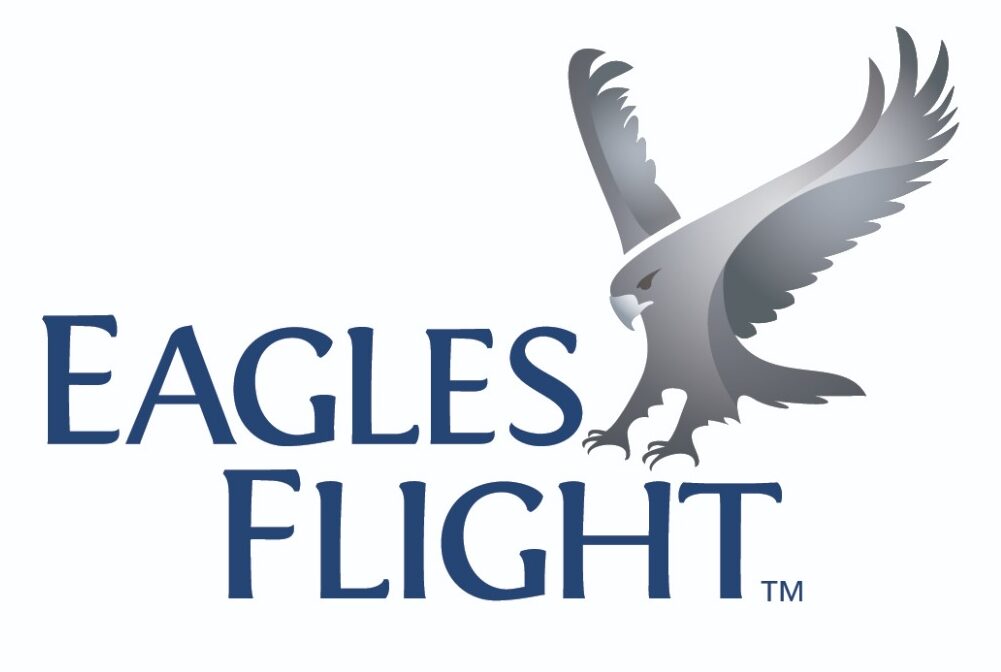- Corporate Events
- Marc Baluyan
- 24 October 2023
Plan for an Impactful Corporate Event in 2024

Corporate events have evolved dramatically over the years. At one point, serious meetings with strict agendas were the norm. Over time, people discovered that this wasn’t enough. You needed engaging speakers and informative talks, often including personalities outside the organization. Then, with increasing research on employee engagement and improved workplace behaviors, corporate events started becoming exciting platforms for innovation and learning to drive results in retention, upskilling, and organizational development.
With 2024 just around the corner, it’s time to revisit the way you’ve been mounting corporate events and adopt fresh perspectives on event planning, execution, and follow-up. Here are three things you need to look after for your corporate event to achieve the impact it deserves in 2024.
Buzz and Excitement Across the Customer Journey
Before the event, create some buzz that will resonate with your target participants and their networks. Communicate the objectives and benefits of your corporate event clearly across your marketing channels. Offer glimpses of the thrilling experiences that await participants in your social media posts, email newsletters, digital brochures, webinars, or other platforms. Ensure that your event’s marketing and promotional materials address the audience’s pain points, challenges, and goals to build up the anticipation for the event. The key is to not only get participants excited to sign up but to convince them that the event is worth their time and resources.
During the event, check in on the participants. See how much they’re engaging with your event. Understand their body language, reactions, and feelings. Having seasoned facilitators at your event will help a lot because they can be savvy and empathetic with any kind of audience and they can adjust their approach on the fly to maximize the audience’s focus, attention, and participation.
Perhaps one of the most overlooked aspects in planning corporate events is what happens after. A truly successful event leaves a lasting impression and continues to influence participants. Craft well-intentioned follow-up strategies like collecting feedback, sharing actionable insights, or performing reinforcement check-ins. If possible, invite them to your next corporate event. Maintaining relationships with your participants after your event is a great way to show your gratitude.
Activities That Suit Your Audience
Meal plans, venue selection, and the theme are indeed essential elements of a successful corporate event. But to ensure deeper engagement, you need well-designed, tailor-made activities that tap into your audience’s unique needs, personalities, and preferences. This can be tricky because you’re bound to get a diverse group of individuals. Even if your participants come from the same company, there will always be individual differences you need to navigate. You’ll get introverts and extroverts, front liners and managers, as well as company champions and quiet quitters.
There are two ways to go about this. Firstly, go back to the objectives of the event and the audience’s pain points that you intend to address. This will serve as the common thread that binds your audience together. Tug on their intellectual, emotional, and behavioral heartstrings by delivering activities that hammer down the insights that will help them professionally.
Secondly, even out the playing field by incorporating experiential learning into your activities. Design immersive, real-world simulations that are fun, challenging, and relevant. These activities help in fostering a mindset change and inculcating behaviors that can be transferred back to the workplace with ease—something a series of one-sided talks or presentations in traditional corporate event settings can’t do.
Now, if you do happen to cater to a specific audience—let’s say, your participants are comprised of C-suite executives only—the same two approaches still apply. Plan your activities in such a way that you address their needs as high-level leaders and make those activities immersive enough to warrant their full active participation and get them out of their normal routines.
The Right Flow
Have a good reason for the sequence of your event’s activities and segments. It has to make sense both for you as the organizer and for your participants. For example, you must have a good reason for getting a speaker to talk first before breaking out your participants into groups for a team-building activity. The speech could be talking about team performance and doing a team-building activity is a way to reinforce its value. If you don’t have a particular reason, come up with one. Your event’s flow has to make sense logically and thematically to drive impact.
Also, arrange the sequence in a way that participants have enough time to think, enough space to learn, and enough opportunity to connect with others. Avoid making them sit through a classroom-type event where communication is one-sided almost all the way. Include hands-on sessions that encourage creativity, participatory learning, and behavior change. Intersperse your agenda with adequate breaks—whether they’re actual snack times or switching from one type of activity to another to avoid monotony. The key is to maintain momentum while allowing participants to digest their learnings and keep fatigue at bay.
Finally, round off your event with a debrief and action plan session where participants can reflect on their learnings for the day and strategize on how to implement them in their respective roles.
